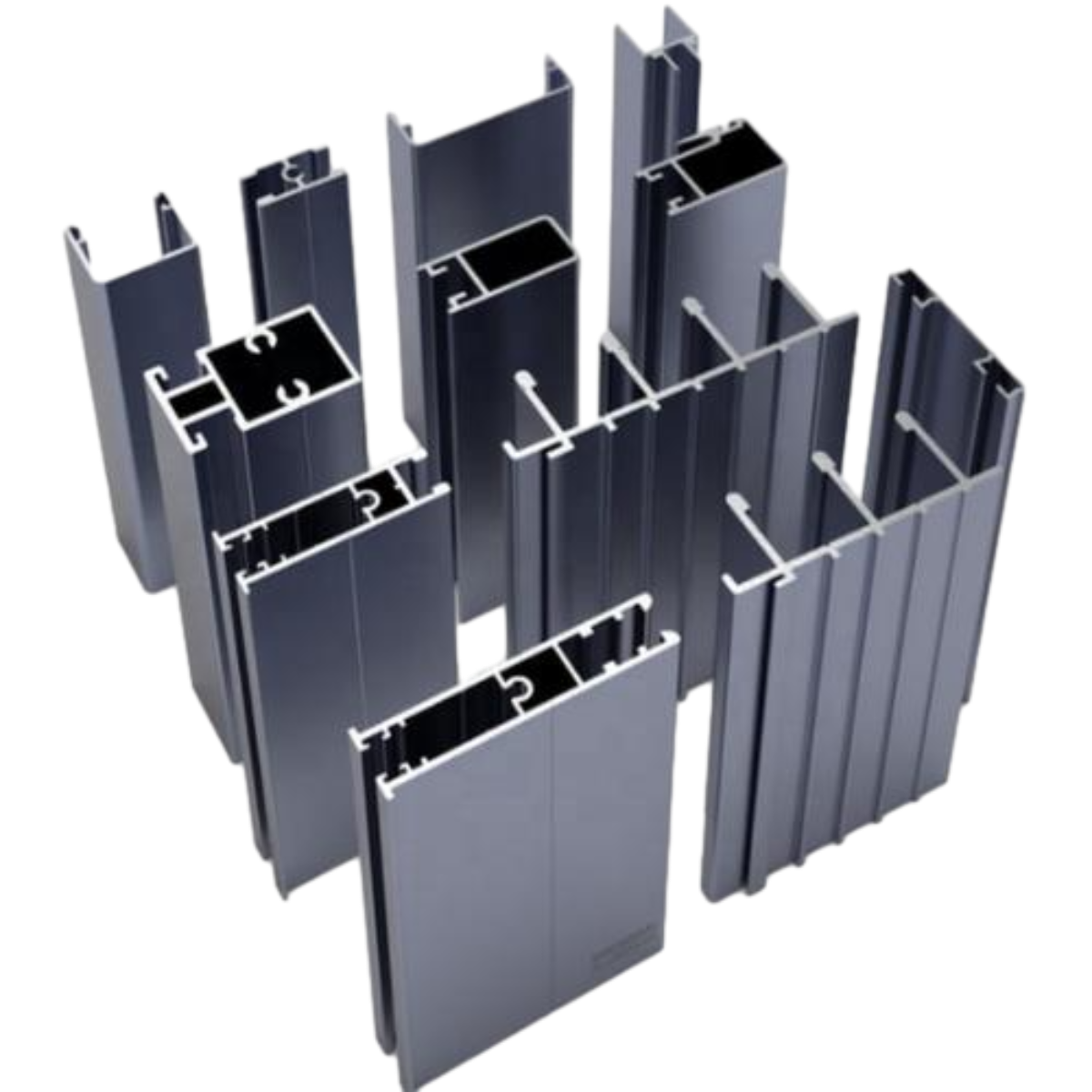aluminum extrusion profiles for windows and doors
Aluminum Extrusion Profiles for Windows and Doors An Overview
Aluminum extrusion profiles have gained significant popularity in the construction industry, particularly for windows and doors. This innovative process involves shaping aluminum bars by forcing them through a shaped die, resulting in profiles that can be tailored for a wide range of applications. This article explores the benefits, types, and uses of aluminum extrusion profiles specifically for windows and doors, highlighting why they are becoming the preferred choice for many architects and builders.
Benefits of Aluminum Extrusion Profiles
One of the primary advantages of aluminum extrusion profiles is their exceptional strength-to-weight ratio. Aluminum is a lightweight material, making it easier to handle and install compared to traditional materials like steel or wood. Despite being lightweight, aluminum profiles offer robust structural integrity, ensuring durability and longevity in window and door frames.
Another significant benefit is the corrosion resistance of aluminum. Unlike other metals, aluminum naturally forms a protective oxide layer that shields it from environmental elements, making it an ideal choice for buildings in coastal areas or regions with harsh weather conditions. This resistance to rust and corrosion means that aluminum profiles require minimal maintenance, allowing them to retain their aesthetic appeal over time.
Thermal performance is another critical consideration in modern construction. Aluminum extrusion profiles can be enhanced with thermal breaks—insulating materials that are placed between the exterior and interior components of the frame. This feature improves energy efficiency by reducing heat transfer, helping to maintain comfortable indoor temperatures and potentially lowering energy bills. As sustainability becomes increasingly important in building design, energy-efficient windows and doors made from aluminum profiles are becoming more sought after.
Types of Aluminum Extrusion Profiles for Windows and Doors
aluminum extrusion profiles for windows and doors

There are several types of aluminum extrusion profiles specifically designed for windows and doors. Each type serves different functions and is suited for various architectural styles and requirements.
1. Window Frames Aluminum window frames are available in various styles, including casement, sliding, and awning windows. The designs can be customized to accommodate different glazing options, enhancing both energy efficiency and aesthetics. The profiles can be anodized or powder-coated in different colors, allowing for versatility in design.
2. Door Frames Similar to window frames, aluminum door frames can be used for various door types, including sliding, hinged, and bi-fold doors. These profiles are usually designed for easy installation and compatibility with locking systems, ensuring security without compromising functionality.
3. Curtain Walls Aluminum extrusion profiles are also utilized in curtain wall systems, allowing for large glass surfaces that enhance natural light and provide stunning views. These systems are often used in commercial buildings and modern homes, where the aesthetic appeal of expansive glass is a primary design element.
4. Accessories Beyond frames, aluminum extrusions are used to create a range of accessories, including sill tracks, sunshades, and custom hardware that enhance the functionality and aesthetics of windows and doors.
Conclusion
Aluminum extrusion profiles for windows and doors offer a combination of strength, durability, and aesthetic appeal, making them a wise choice in contemporary construction. With the ability to customize profiles for a variety of applications, architects and builders can create innovative designs that meet both functional and aesthetic needs. Furthermore, the corrosion resistance, low maintenance requirements, and energy-efficient options contribute to the sustainability of modern building practices. As the demand for stylish, durable, and energy-efficient building solutions continues to grow, aluminum extrusion profiles are well-positioned to remain at the forefront of the industry, shaping the windows and doors of the future.
-
Wrought Iron Components: Timeless Elegance and Structural StrengthNewsJul.28,2025
-
Window Hardware Essentials: Rollers, Handles, and Locking SolutionsNewsJul.28,2025
-
Small Agricultural Processing Machines: Corn Threshers, Cassava Chippers, Grain Peelers & Chaff CuttersNewsJul.28,2025
-
Sliding Rollers: Smooth, Silent, and Built to LastNewsJul.28,2025
-
Cast Iron Stoves: Timeless Heating with Modern EfficiencyNewsJul.28,2025
-
Cast Iron Pipe and Fitting: Durable, Fire-Resistant Solutions for Plumbing and DrainageNewsJul.28,2025
-
 Wrought Iron Components: Timeless Elegance and Structural StrengthJul-28-2025Wrought Iron Components: Timeless Elegance and Structural Strength
Wrought Iron Components: Timeless Elegance and Structural StrengthJul-28-2025Wrought Iron Components: Timeless Elegance and Structural Strength -
 Window Hardware Essentials: Rollers, Handles, and Locking SolutionsJul-28-2025Window Hardware Essentials: Rollers, Handles, and Locking Solutions
Window Hardware Essentials: Rollers, Handles, and Locking SolutionsJul-28-2025Window Hardware Essentials: Rollers, Handles, and Locking Solutions -
 Small Agricultural Processing Machines: Corn Threshers, Cassava Chippers, Grain Peelers & Chaff CuttersJul-28-2025Small Agricultural Processing Machines: Corn Threshers, Cassava Chippers, Grain Peelers & Chaff Cutters
Small Agricultural Processing Machines: Corn Threshers, Cassava Chippers, Grain Peelers & Chaff CuttersJul-28-2025Small Agricultural Processing Machines: Corn Threshers, Cassava Chippers, Grain Peelers & Chaff Cutters












